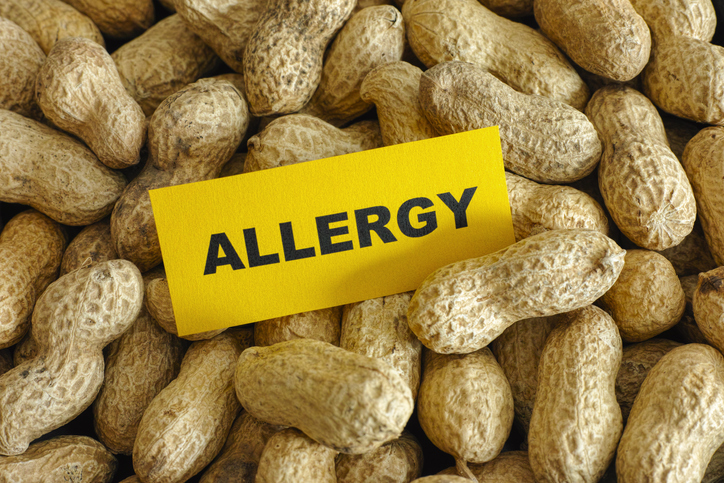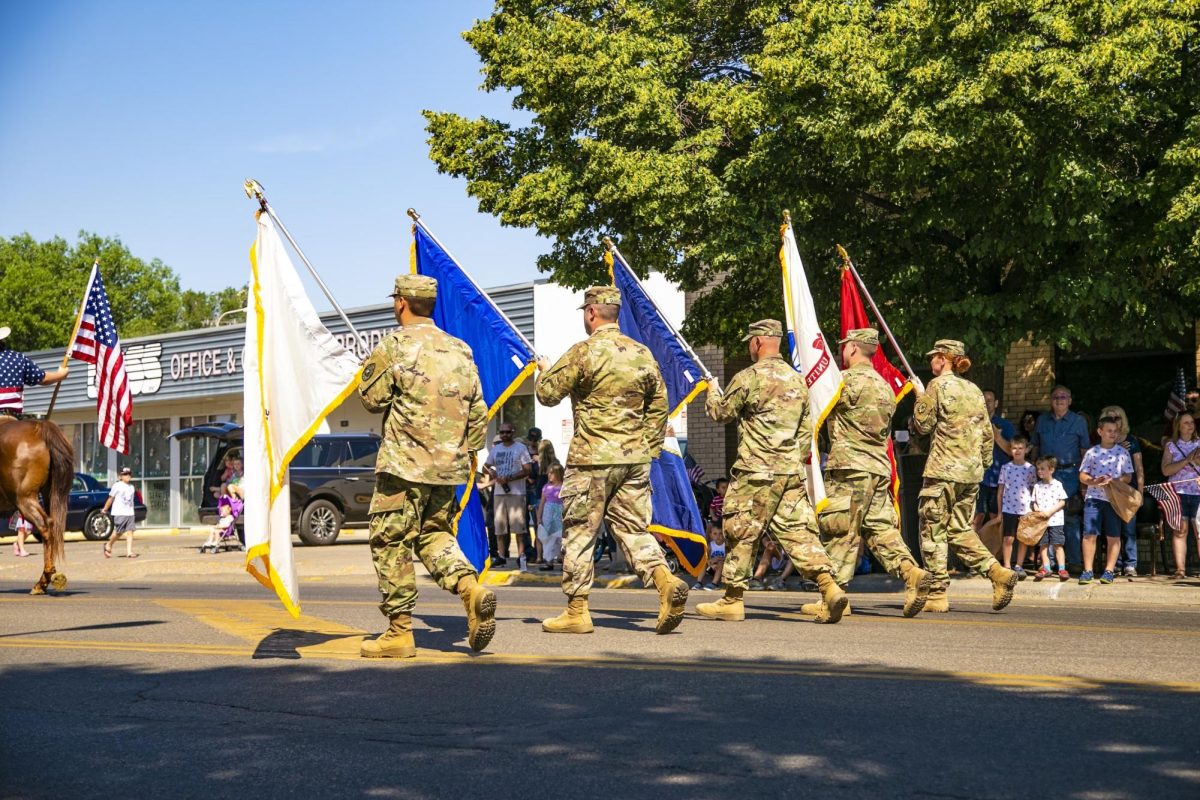“I ate a pistachio at a park before I knew about my allergies, and I took a nap, and my eyes swelled to the size of golf balls. They were swollen shut.”
This happened to Danielle Guilbot, a local homeschooled teenager with an anaphylactic allergy to peanuts and tree nuts. Luckily, she woke up in time to receive care, and her allergies were diagnosed. Many other children aren’t so lucky.
For the over twenty million people across the United States with food allergies, being at school is one of the most likely places to come into contact with a dangerous allergen. Peanut allergies in children have increased by over 20% since 2010, and many face deadly consequences if exposed. With the intensity of these allergies increasing every year, it is the responsibility of public schools to spread awareness and provide accommodations to ensure the safety of their students.
Although many schools take precautions such as ‘allergy tables’ in cafeterias, these efforts are unhelpful without being monitored. “I was at the allergy table for all the years I was in public school. People treated it as a seasonal allergy table instead of a peanut allergy table. So I would have people on the allergy section of the table, right next to me, eating peanut butter,” said Guilbot. This lack of attention to children with peanut allergies puts them at risk for a reaction despite the accommodations.
Another issue that many children with peanut allergies face is their educational accommodations, which are put in place to prevent them from coming into contact with peanuts, not being taken seriously. “With my personal experience, so many teachers have gone against my 504 or just not taken it seriously in general and seen it as something unimportant,” shared an anonymous source with a peanut allergy. “They could start first by taking the proper precautions to keep us safe, and when incidents occur, they take it just as seriously as anything else.”
The need for a higher awareness of children with peanut allergies expands past being in the classroom. “One time, I did math pentathlon, and they brought nutter butters for snacks. And even though I didn’t eat them, we touched the same crayons, and so the dust got under my fingernails.” said Guilbot. Extracurricular activities and school-sponsored events are also responsible for protecting children from possibly deadly reactions.
The growing number of children who suffer from peanut allergies are continually put at risk for severe reactions when they attend school. From those who only need to avoid eating peanuts to those who have airborne allergies, all students deserve safe, educational conditions free from the threat of an allergic reaction. The lack of well-managed precautions and attention to allergies prevents children from learning in an accommodating and safe environment.



















